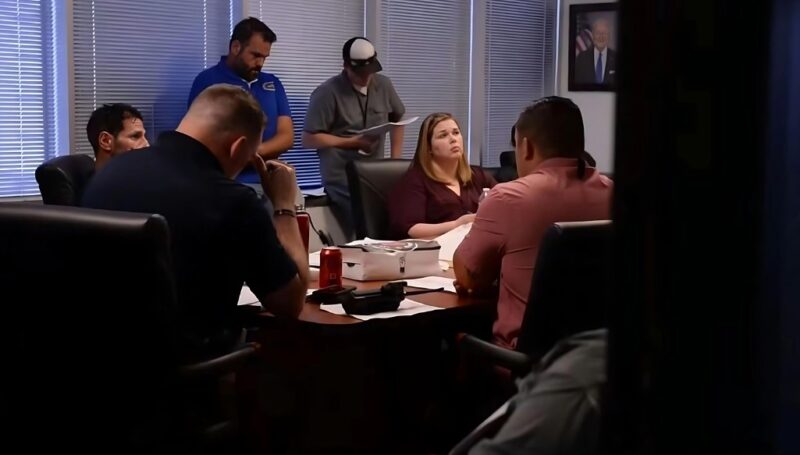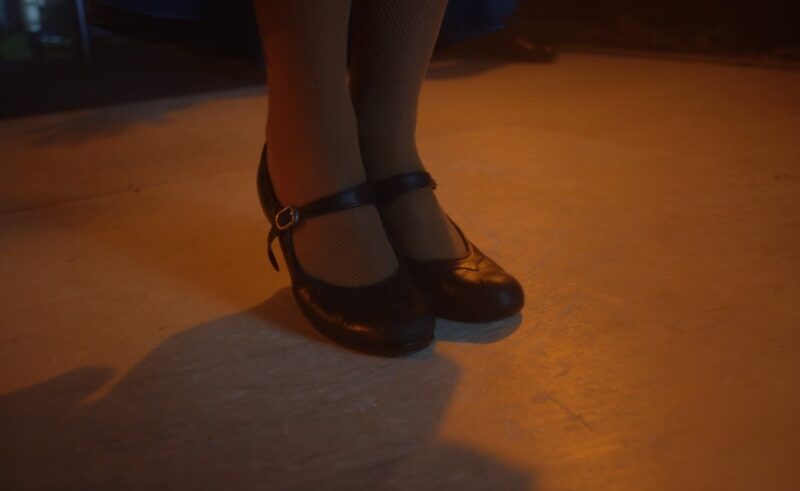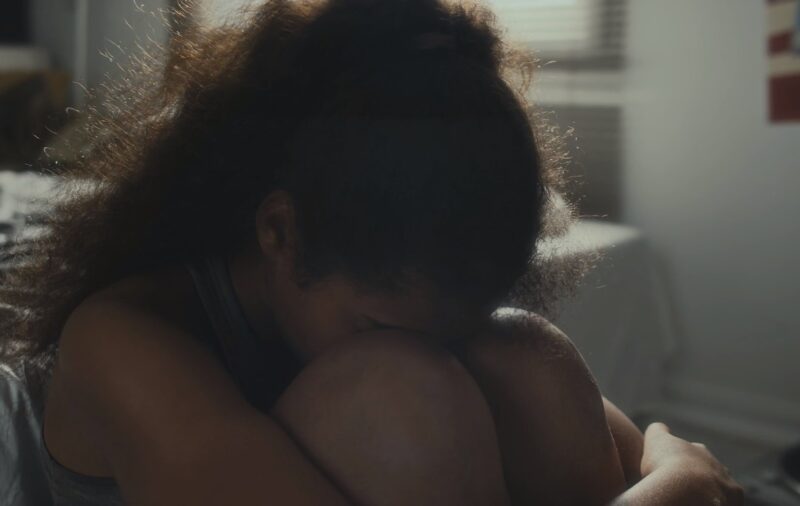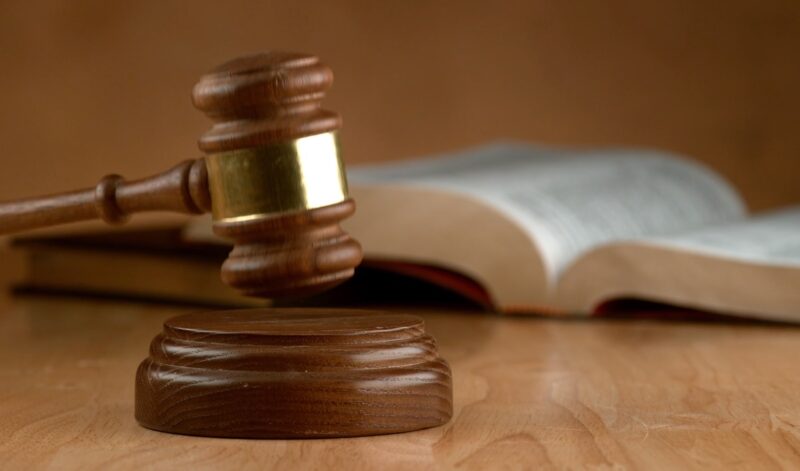Safe Harbor laws play a crucial role in protecting minors from prosecution for prostitution and ensuring that juvenile sex trafficking victims receive appropriate care and support. These laws recognize that minors involved in such situations are victims, not criminals, and direct them to specialized, non-punitive services.
In this blog post, we will explore what these laws are, how they work, and why they are essential for safeguarding vulnerable youth.
The concept of Safe Harbor
Safe Harbor laws are there to protect kids under 18 from being prosecuted for prostitution. Instead of facing criminal charges, these laws make sure minors get the care and support they need. The main goal is to see these kids as victims of exploitation, not criminals.
By understanding their vulnerability, Safe Harbor laws aim to break the cycle of abuse and exploitation that traps them. Punishing these kids doesn’t help them; it makes things worse. These laws focus on helping them heal and recover, not on punishment.
Key parts
Not treating minors as criminals
Kids involved in prostitution don’t get prosecuted for it. This is a big deal in Safe Harbor laws. It means victims aren’t hurt more by the legal system. Instead of facing charges, these kids get the understanding and compassion they need to start healing.
By taking away the fear of criminal prosecution, these laws encourage minors to seek help and work with authorities, which is vital for their safety and recovery.
Providing specialized services
Victims of juvenile sex trafficking get help like counseling, shelter, and medical care. These services are crucial in addressing their unique needs and helping them recover from their trauma. Counseling and mental health support are key to their rehabilitation, offering a safe space to process their experiences and start healing.
Secure housing and medical care ensure they are physically safe and healthy, further supporting their overall well-being.
Training law enforcement

Law enforcement officers get training to recognize and respond appropriately to juvenile sex trafficking victims. These programs give officers the skills and knowledge to identify signs of trafficking and exploitation effectively.
Proper training helps officers approach minors with sensitivity and understanding, reducing the risk of further trauma. By fostering a more informed and compassionate law enforcement response, these programs make Safe Harbor laws more effective.
Raising public awareness
Public awareness campaigns educate people about the exploitation of minors and the importance of Safe Harbor laws. These campaigns help change societal views, promoting the idea that minors involved in prostitution are victims, not criminals.
They also play a crucial role in prevention, as an informed public is better equipped to recognize and report signs of trafficking and exploitation. By raising awareness, these initiatives help create a more supportive environment for victims and foster community involvement in fighting sex trafficking.
How do these laws work?
The first step in Safe Harbor laws is spotting and assessing minors involved in prostitution. Cops, social workers, and other pros get trained to recognize signs of trafficking and exploitation. Once they identify these kids, they give them a thorough check-up to figure out their needs and the best services for them.
This involves looking at their physical, emotional, and psychological health, along with their immediate safety and housing needs. These assessments help create personalized care plans tailored to each victim’s unique situation.
Connecting to specialized services

After the assessment, minors get connected to specialized services that fit their specific needs. Here’s what they often get:
- Counseling and mental health support: Therapy and support help kids cope with trauma and emotional distress. Skilled counselors work with them to deal with the psychological impact of their experiences and develop healthy coping mechanisms. Regular therapy sessions offer a safe space for them to express their feelings and start healing.
- Shelter and housing: Safe and secure housing options protect kids from further exploitation. Secure housing provides a stable environment where they can feel safe and begin to rebuild their lives. These places often offer additional support like case management and life skills training to help them transition to independent living.
- Medical care: Access to medical services for physical health needs is essential. Comprehensive medical care addresses any injuries, illnesses, or long-term health effects from exploitation. Regular check-ups and access to healthcare professionals ensure that victims get the necessary treatment and support for their physical recovery.
- Education and vocational training: Education and skill development for future employment empower victims by giving them the knowledge and skills needed to pursue their goals and achieve financial independence. These programs also help restore a sense of normalcy and routine, which is crucial for their overall well-being.
Legal protections
Safe Harbor laws also provide legal protections to ensure minors aren’t prosecuted for prostitution-related offenses. This is crucial to prevent re-traumatization and further victimization.
These legal protections create a safe environment where kids can cooperate with authorities without fearing legal consequences. They also support rehabilitation and recovery by removing barriers to accessing services and support.
Teamwork among agencies
Implementing Safe Harbor laws effectively requires teamwork among various agencies, including law enforcement, social services, healthcare providers, and non-profits. By working together, these agencies provide comprehensive support to juvenile sex trafficking victims.
Collaboration ensures that victims receive a coordinated response that addresses all their needs. Regular communication and cooperation among agencies also help identify gaps in services and develop solutions to better support victims.
The impact of Safe Harbor laws
Reducing criminalization of minors

Safe Harbor laws have made a big difference by changing how we treat minors involved in prostitution. Instead of seeing them as criminals, these laws recognize them as victims. This change helps break the cycle of exploitation and opens doors for recovery and rehabilitation.
It’s a more humane approach, considering the complex reasons that lead these kids into such situations. By reducing criminalization, we create a supportive environment that encourages victims to seek help and actively participate in their recovery journey.
Improved access to services
Thanks to Safe Harbor laws, young victims of sex trafficking now have better access to specialized services. These services are essential for their healing process, helping them overcome trauma and rebuild their lives. From counseling and medical care to education, these comprehensive services give victims the tools they need for long-term stability.
It’s about providing hope and empowerment, helping these kids see a brighter future for themselves.
Increased awareness and education
Safe Harbor laws also play a crucial role in raising awareness and educating the public about juvenile sex trafficking. Campaigns and training programs for professionals help create a more informed and compassionate society.
By increasing awareness, we can break down harmful stereotypes and misconceptions about minors involved in prostitution, leading to a more accurate understanding of their experiences. Education efforts also encourage community involvement in prevention and support, fostering a collective commitment to protecting vulnerable youth.
Potential challenges

While Safe Harbor laws have made significant progress, there are still challenges and limitations. For instance, implementation varies across different states, and there’s often a lack of funding for specialized services. Inconsistent implementation can leave gaps in protection and support for victims, highlighting the need for standardized practices.
Limited funding can affect the availability and quality of services, making it crucial to advocate for more resources. Ongoing training and education for professionals are essential to keep up with best practices and emerging trends in trafficking and exploitation.
The bottom line
Safe Harbor laws are a crucial way to protect kids from the brutal world of prostitution and trafficking. These laws see them as victims and offer the help and support they need to recover and build a better future. While there are still hurdles to overcome, improving and expanding these laws gives us hope for a kinder and fairer society for everyone.

